EcoBoosted: How To Add 60 HP To Your 2.3L Ford Ranger
The lone engine option in Ford’s Ranger has everything we’ve come to expect from the EcoBoost line, including that meaty, low-rpm torque curve. However, its factory 270 hp rating makes it the most docile version of the 2.3L EcoBoost Ford offers. Time to improve on that… One phone call to the folks at Gearhead Sales and you’ll get a quick education on just how easy it is to transform your midsize pickup into a 13-second terror. With three simple changes, you can add 60 hp (at the wheels) to your late-model Ranger’s bottom line.
Using Gearhead’s in-house, 15000 series DynoCom chassis dyno, we’ll show you what a cat-back exhaust system, a recalibrated ECU and a turbo upgrade can do on a late-model Ranger. Things get started with the stock ECM calibration and a ’19 model equipped with a cat-back exhaust system. Then tuning is introduced, followed by Gearhead’s turbo magic. Your Ranger’s path to the 13’s starts here.
We Like Ford’s 2.3L EcoBoost, But…
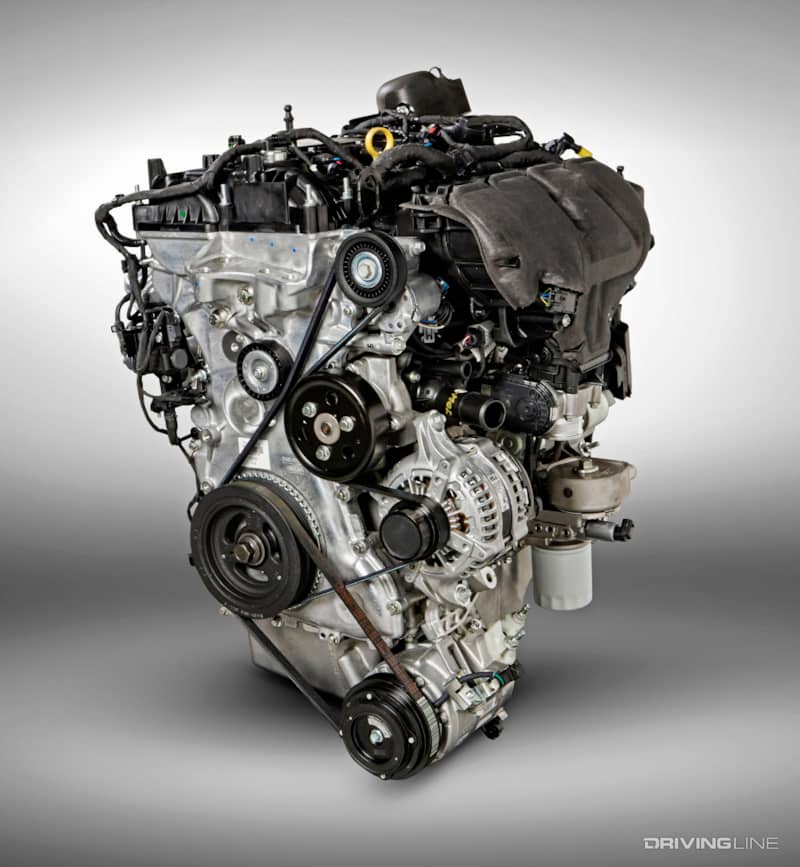
There’s a reason Ford offers the 2.3L EcoBoost in so many models (the Mustang, Explorer, Focus ST, Lincoln Corsair and Lincoln MKC among them): the aluminum block and head four cylinder packs a serious punch given its limited size. When you factor in high compression, a turbocharger, an intercooler and direct injection you get a highly efficient package that’s capable of turning out more than 2 horsepower per cubic inch. Perhaps the tamest of the 2.3L EcoBoost can be found in the Ranger, but it still belts out 270 hp at 5,500 rpm—along with a load-moving 310 lb-ft of torque at just 3,000 rpm. However, for some (including us) that just isn’t enough.
SCT BDX Programmer
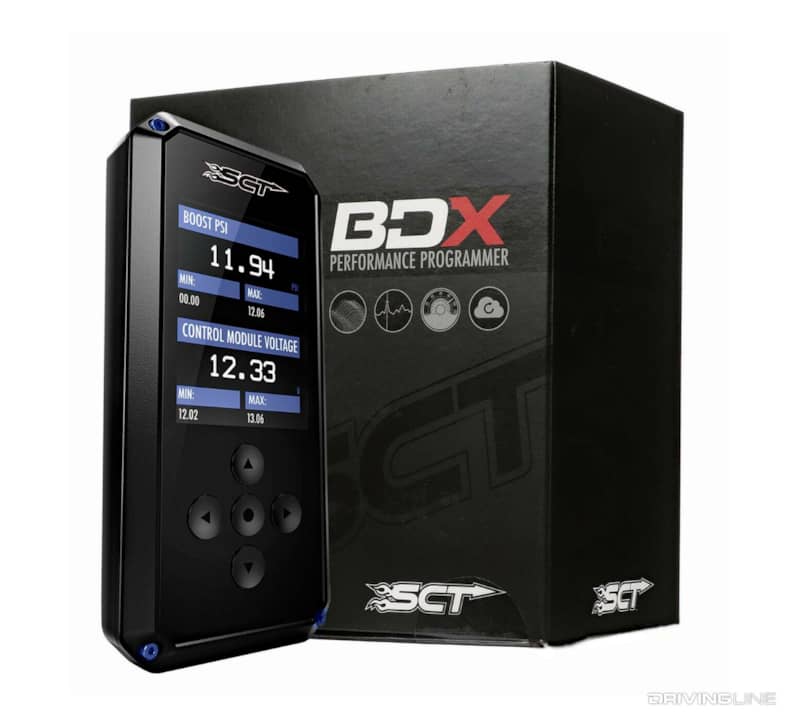
Gearhead’s 2.3L EcoBoost tuning for ’19 and ’20 model year Rangers is available on both SCT and HP Tuners devices. The latest hand-held (and mountable) programmer from SCT, the BDX performance programmer, can be uploaded with custom tuning files within minutes via WiFi. You can also view virtually any powertrain parameter the truck’s ECU keeps tabs on, read and clear diagnostic trouble codes and even data log with the BDX device.
Another Gateway
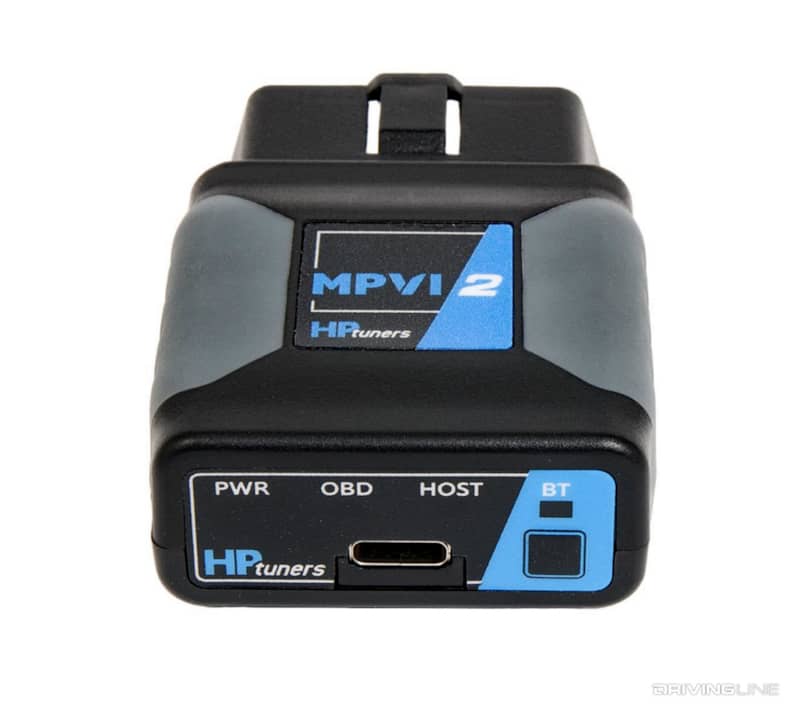
Tuning your Ranger by going the HP Tuners route calls for the use of its MPVI 2 flash tool. With an ability to communicate with the stock ECU, your custom calibration is downloaded onto the MPVI 2 and then uploaded into the ECU. Regardless which upload device you choose, the tuning files are the same, and Gearhead prides itself on giving you added power without sacrificing drivability or emissions compliance. The company’s tuning gives you a linear throttle feel and a power curve that builds progressively. This means your vehicle will run and drive like stock—until you use more of the accelerator.
+35 HP On Tuning
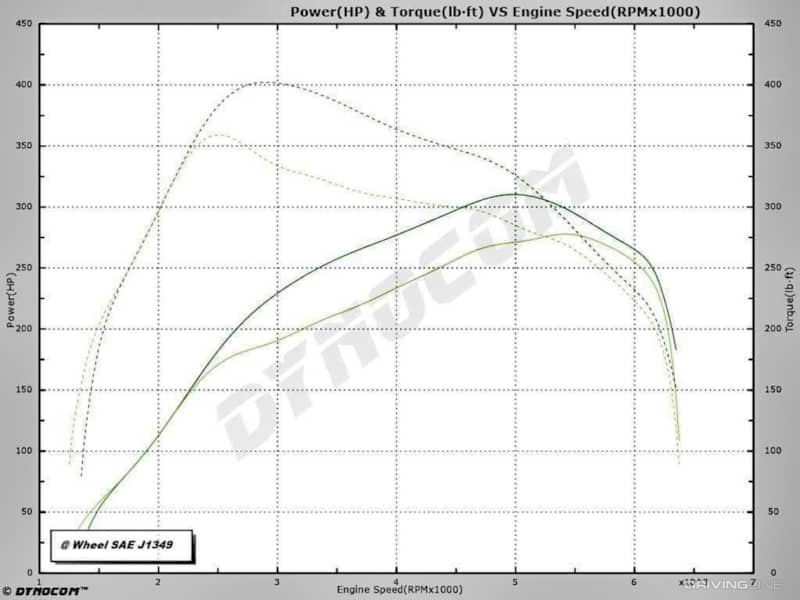
While obtaining the baseline horsepower and torque numbers (light green lines), the truck was equipped with a cat-back exhaust, but with the factory ECU calibration still in the mix very little added power would’ve been on tap due to the exhaust system. However, once tuned the higher-flowing exhaust system likely complemented the tweaked ECU calibration. Full disclosure, the dyno read 10-percent friendly the day these results were recorded (most ’19-’20 Rangers dyno 245 to 255rwhp, stock), but even with higher baseline figures than what some dynamometers show, the power gains and overall before and after results are still relative. Once Gearhead’s ECU calibration was uploaded and dyno’d, a 35hp gain was observed, along with an additional peak torque number of 45 lb-ft. Another important bit of information is that all dyno runs were made on 93 octane. EcoBoost Rangers can make as much as 15-to-20 percent less horsepower on 87 octane.
Stock ECU + cat-back exhaust: light green
Tuned ECU + cat-back exhaust: dark green
Factory Turbo Upgrade
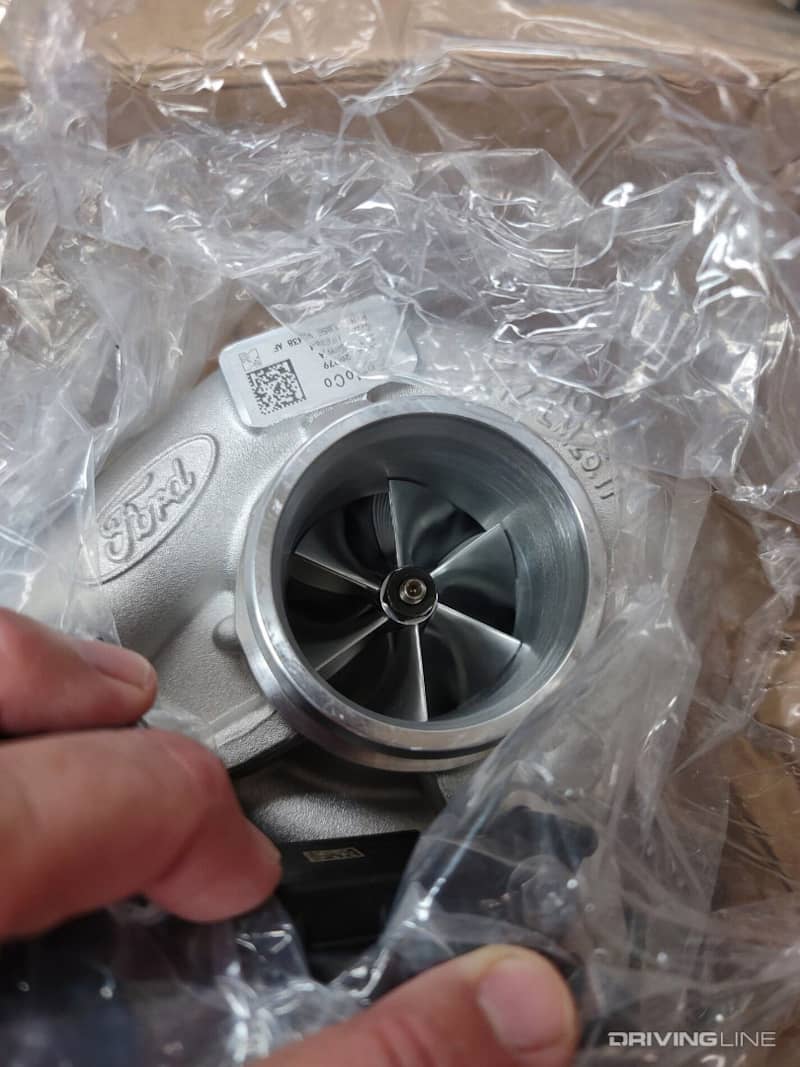
With the factory turbocharger pushed to the edge of its map, Gearhead began experimenting with a few things and eventually settled on this: its upgraded 2.3L turbo. Specifically, the compressor wheel is upgraded for more airflow—and we’re told it pushes the factory-based turbo to its safe limit (the turbine/exhaust side becomes too restrictive after this point). Compressor wheel specs and other tweaks are proprietary for now, but the upgrade was good for 25 more hp over tuning alone in Gearhead’s testing. The turbo upgrade runs $950 and carries a $900 refundable core charge.
+60 HP Over Stock
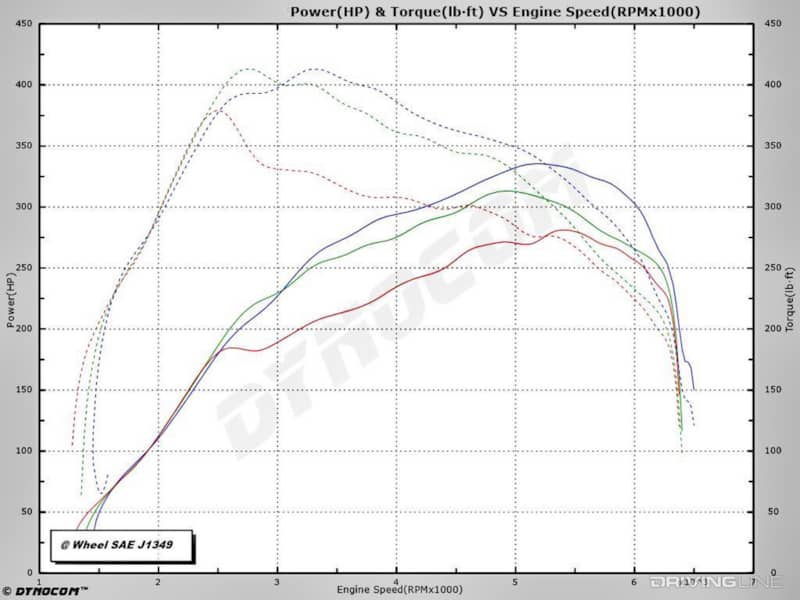
Upgraded turbo in place, Gearhead’s Ranger test mule was fired up once again and placed under load on the dyno. This time it responded with 25 more peak horsepower, produced at a slightly higher rpm (blue line) and more available torque from 3,000 rpm through 6,400 rpm. According to the guys at Gearhead, with the stock turbo still on the engine the optimum shift point (for providing maximum acceleration) is 5,600 rpm. But after the turbo upgrade, full-throttle shift points occur between 6,100 to 6,200 rpm, depending on the specific gear change.
Stock ECU + cat-back exhaust: red
Tuned ECU + cat-back exhaust: green
Turbo Upgrade + Tuned ECU + cat-back exhaust: blue
Full Sleeper Mode
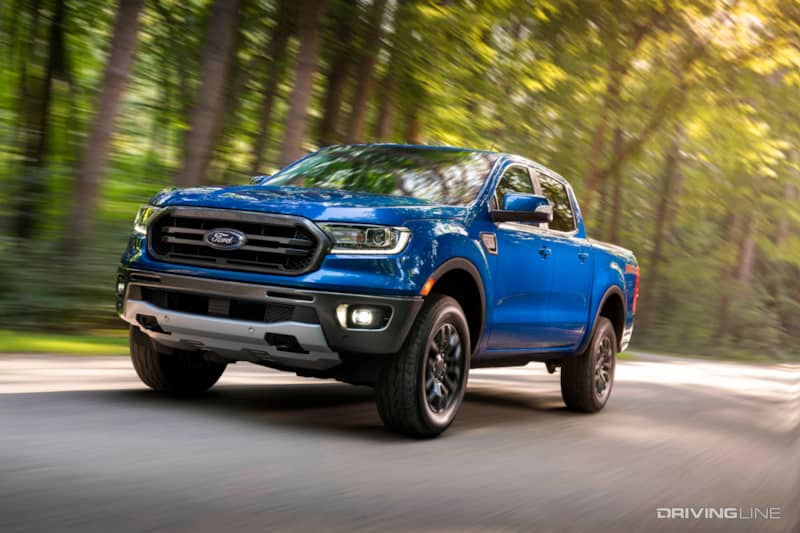
We know not everyone that owns a late-model Ranger heads to the drag strip with it, but for some perspective we’ll illustrate what Gearhead’s gains would mean at the track. It’s fairly well documented that a stock Ford Ranger can cover the quarter-mile in 15 seconds flat. With a cat-back exhaust system and Gearhead’s tuning alone, you can get into the low 14’s. Throw in Gearhead’s turbo upgrade and you’ve got high 13-second potential. Imagine it: running neck-and-neck with a 3,600-pound Mustang yet still being able to enjoy four-wheel drive, tow whatever you need to and haul cargo in the bed!
More From Driving Line
- Remember that one time we added 96rwhp to a 2.3L Mustang? We do! This short mods list will have you killing GT’s in no time…







